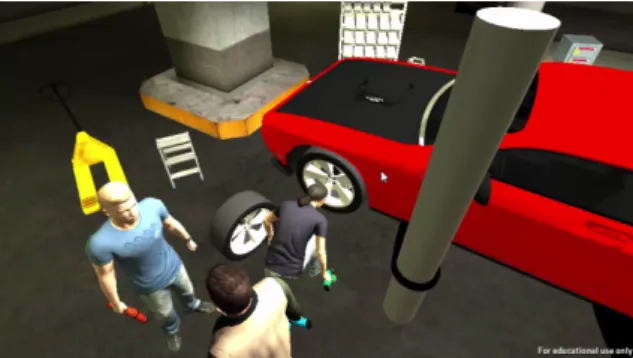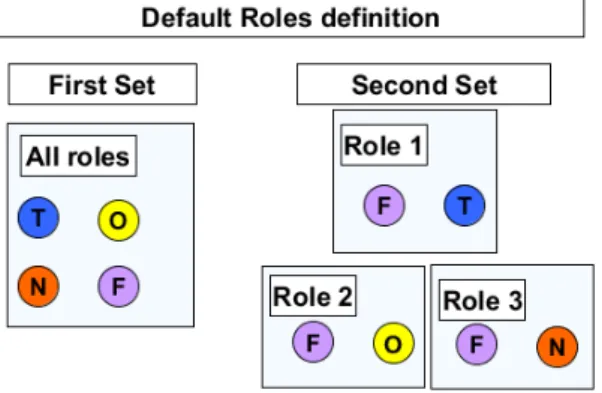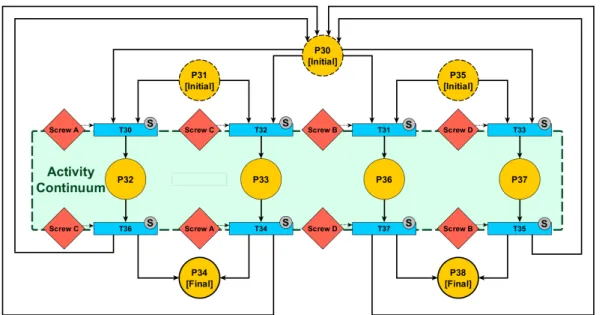Versatile Scenario Guidance for Collaborative Virtual Environments
Texte intégral
Figure




Documents relatifs
These effects are so counterintuitive and contradicting with our daily understanding of space and time that physics students find it hard to learn special
Instead, we are looking for training situations that are diffi- cult to setup in real life or conditions that are relevant for both teachers and students from
(Et, au demeurant, « pourquoi ? ») À titre d’artiste et de sociologue amatrice autoproclamée, Ann Hirsch, alias Caroline (Scandalishious.com), le demande ouvertement : «
Considering the limitations and assumptions applied to this research, it was possible to conclude that a framework like that has the potential to enhance: the
Mollet N., Gerbaud S., Arnaldi B.: STORM: a Generic Interaction and Behavioral Model for 3D Objects and Humanoids in a Virtual Environment IPT-EGVE the 13th Eurographics Symposium
This paper reports on the just-noticeable difference (JND) when grasping, with a thumb-index pinch, a tangible object which differ from a seen virtual one on three important
For each phase (static or dynamic objects), each kind of assistance (classical, visual or FOLLOW-ME assistance) and each interaction technique (Go-Go or Ray-casting techniques),
1 Introduction Dans ce m moire, je pr senterai mes travaux dans di rents domaines de la g om trie di rentielle, allant de l' tude des plongements pour les surfaces minimales de R3


